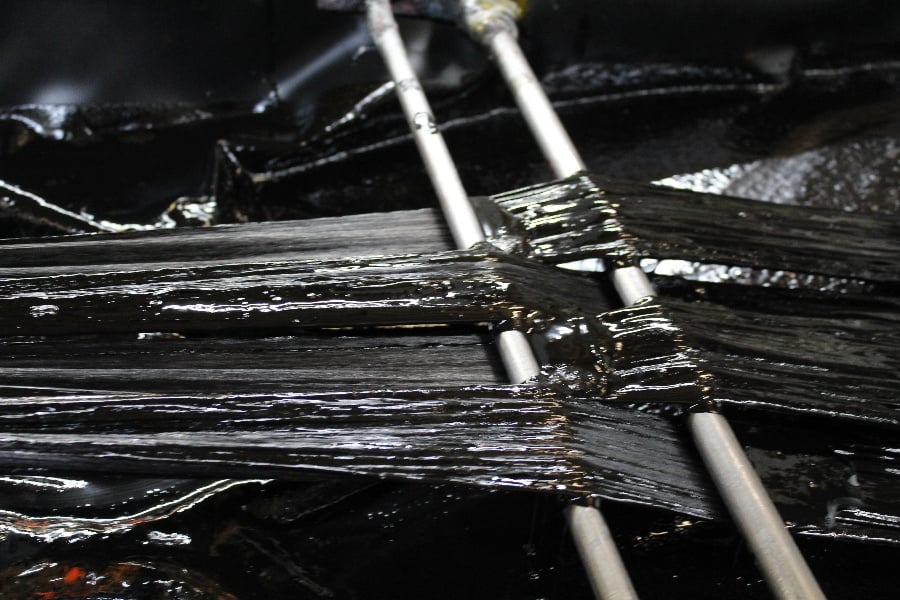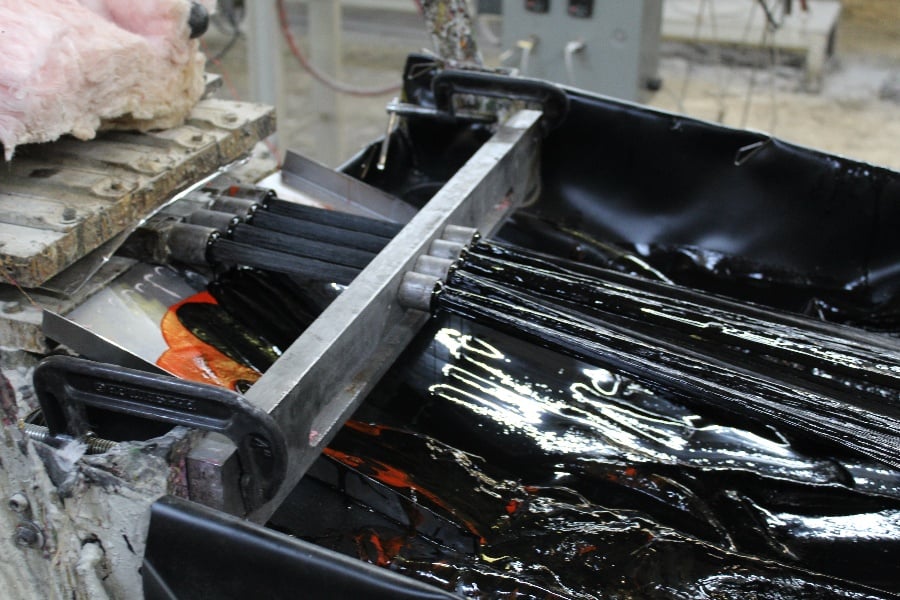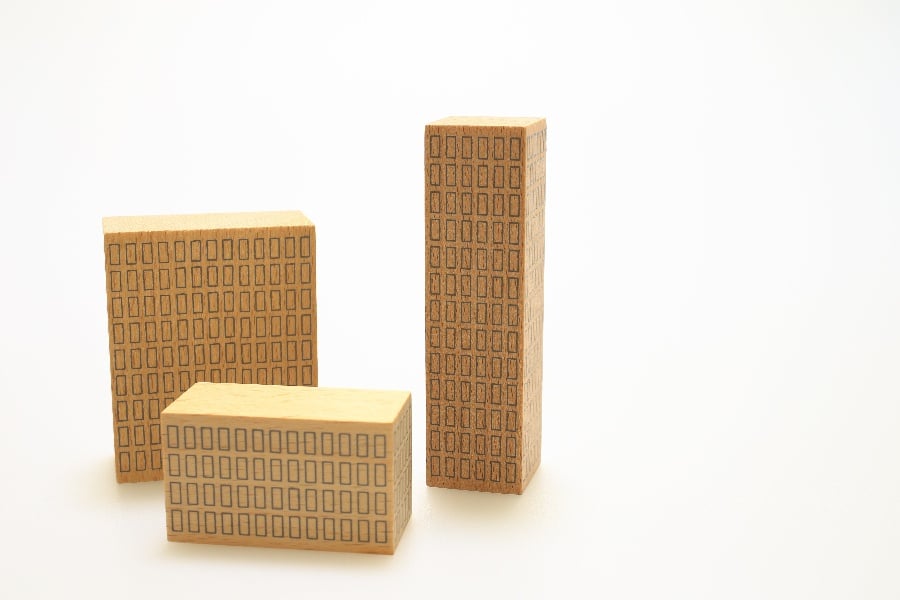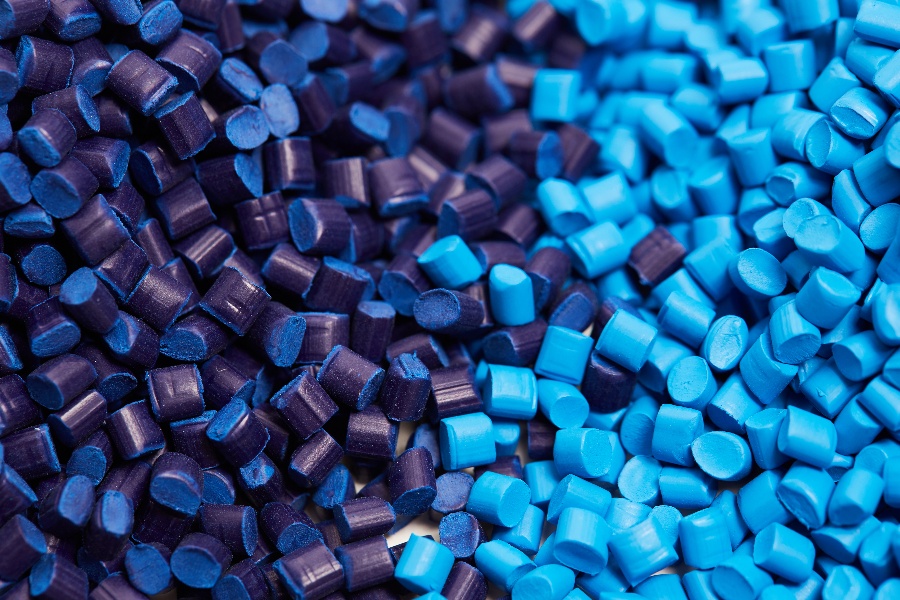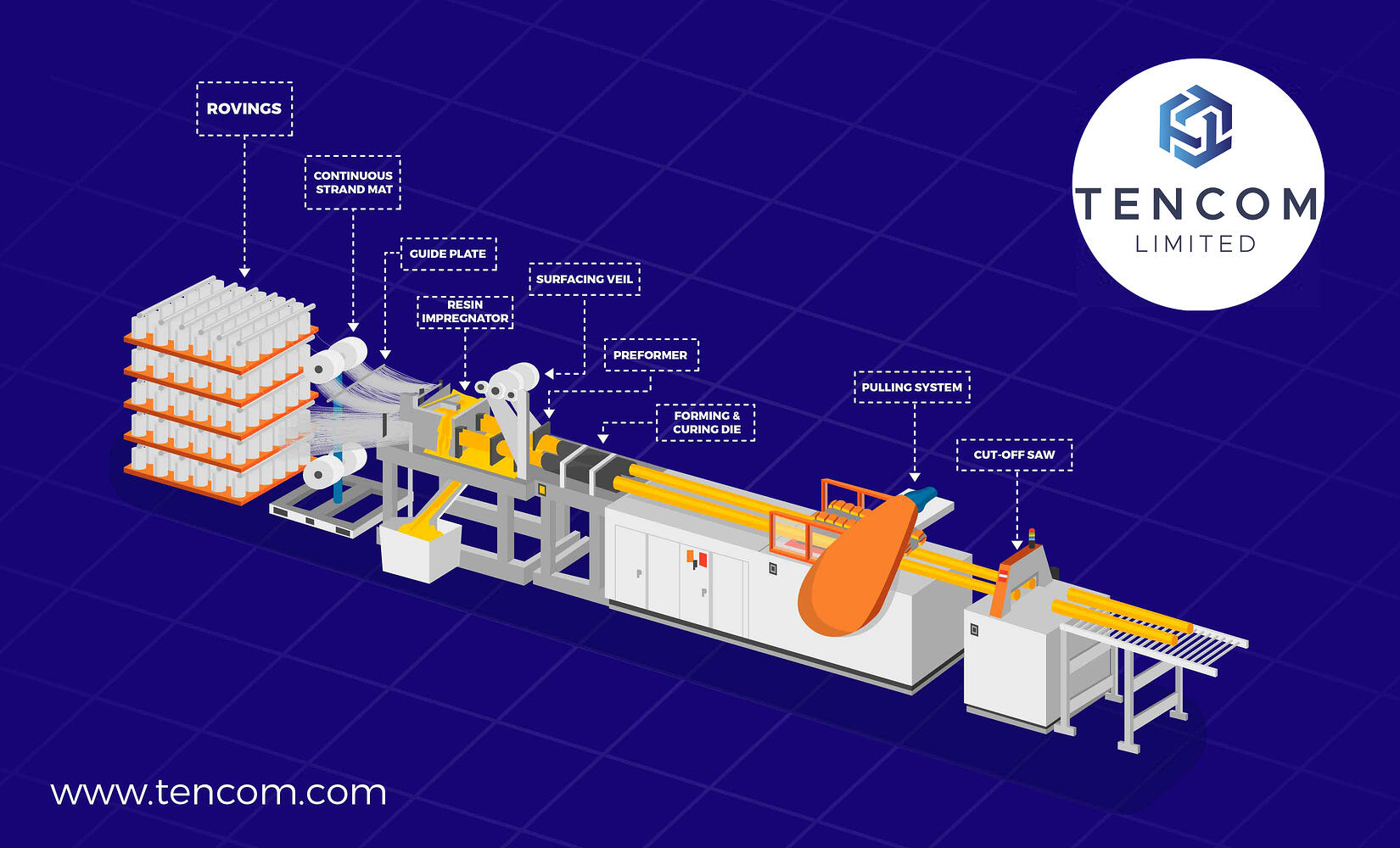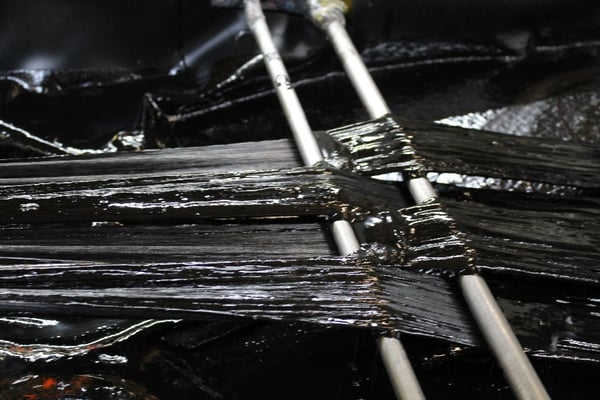
Liquid resin is a key component in the pultrusion process. Injected into fiber rovings to toughen the fiber reinforced polymer (FRP) composite, resins are the glue that hold everything together.
Generally, the resins used in pultrusion are synthetic, polymer-based chemical compounds. However, there is a new breed of resin on the horizon that we are very excited about.
Cutting-edge experimentation has recently begun on bio-resin. In this post, we will tell you everything we currently know about this innovative development.
Composite Growth Opportunities
Traditionally, epoxy vinyl ester resin and unsaturated polyester resin have been the most commonly used resin compounds in pultruded products. However, with the awakening of a more collective global consciousness, the push to create bio-resins has opened up a whole new world of possibilities.
The American Composites Manufacturers Association (ACMA) leads a Green Composites Council that is currently spearheading 12 Composite Growth Initiatives (CGIs).
Because of this, bio-based resins have been getting quite a bit of publicity, but the concept is still very new. In a sense, FRP composite engineers are now charting unexplored territory in the realm of resins, and the ACMA is here to help.
The Green Building Council has been pushing for more energy-efficient, low emissions bio-based materials, and bio-resin might just be the answer.
The council also encourages product transparency so that people know what materials have been used to create these resins and FRP composite products.
Furthermore, a program under the direction of the Green Building Council has been helping to drive the demand for bio-based FRP composites.
This program is known as the Leadership in Engineering and Environmental Design (LEED). With more designers and architects using FRP composites in their buildings, we have seen the demand for lightweight, durable FRP composites grow.
A very recent market study for bio-based epoxy resins has indicated that demand for these products will increase significantly over the next eight years.
Employing green chemistry techniques, bio-based epoxy resins require less energy to manufacture, and they produce less hazardous waste materials.
As a result, the reduction of greenhouse gas emissions is reduced by 50%. Essentially, bio-resins are inexpensive to make compared to traditional resins, and they are better for the environment.
A Brief History of Bio-Resins
The first attempt at bio-resin was done with soy in the early 2000s. Enthusiastic fabricators referred to the compound as soy resin, but it didn’t stick.
This is mainly because the first soy resin products were not able to withstand many of the pultruded product applications they were used in.
Going back to the drawing board, engineers and scientists wanted to create a bio-based resin compound that was just as strong and durable as conventional epoxy resins.
Bio-Based Resins
When we hear the word “bio” attached to any sort of substance, the first thought that goes through our minds is most likely that the product will disintegrate over time.
The problem with this misconception is that it gives the false impression that bio-based resins used in FRP composites will cause the pultruded products to breakdown at some point in time.
Not only does this draw into question the lifespan of the products, but it also makes it seem that bio-based resin FRP composites will not be as resistant as epoxy-based resin FRP composites.
None of those things are true. In this case, bio does not refer to the material’s ability to degrade. It simply means that raw, renewable resources were used in the development of the resin. Bio-based resins are still synthetic materials.
The raw resources used to create these resins were melted down to their final breaking points before they were incorporated into the resin compound. That means that they have been thoroughly hardened and will not break down again.
Raw, renewable resources that are commonly used to make bio-resins include carbohydrates, natural oils, tannin, lignin, and other phenol compounds.
At the present time, bio-based resins are categorized as canola oil, hemp, plant oil, soybean oil, and vegetable glycerol.
How Do Bio-Resins Work?
Think back to your high school science class. A compound is a combination of more than one element.
To create a bio-resin that is just as strong and capable as an epoxy resin, one would need to replace the building blocks of the conventional resin with identical biomass building blocks.
For instance, biodiesel produces glycerol, which can be converted into propylene glycol, acrylic acid, and epichlorohydrin. These materials are used to produce unsaturated polyester resins along with acrylic and epoxy resins.
In order to simulate these various resins as bio-based resins, one would need to replace them with biomass solutions. Replacing epoxy resins requires vegetable oil that has gone through the same process as the epoxy solution.
Phenol formaldehyde resins can be simulated with the phenols gathered from lignin, and polyurethane resins can be substituted with polyol derived from sugar.
Bio-Resin Performance
While epoxy resins are slightly more rigid and resistant to corrosion, bio-based resins exhibit other properties that make them more attractive. Bio-resins are stronger, they have a greater resistance to UV radiation, and they do not smell like chemicals.
They can also serve many purposes in the manufacturing industry including fiberglass products. Extremely water-resistant, we have seen bio-resins used in the manufacturing of marine crafts, electrical circuit boards, and rainwater tanks.
Bio-resins can also be used to manufacture structural supports for buildings.
Tencom
Our experts here at Tencom have more than two decades of experience in the field. We offer customized pultruded products that have been designed to suit your needs.
We also offer specialty resins with enhanced fire retardant abilities and superior strength. It takes about six to eight weeks to complete the tooling process for FRP composites with specialty resins.
After that, the manufacturing of pultruded products takes approximately three to four weeks.
If you would like to learn more about our FRP composite products or request a quote, get in touch with our team today.

